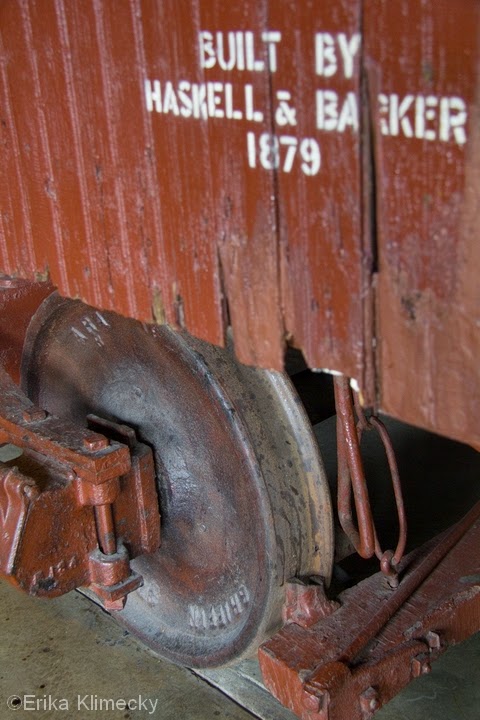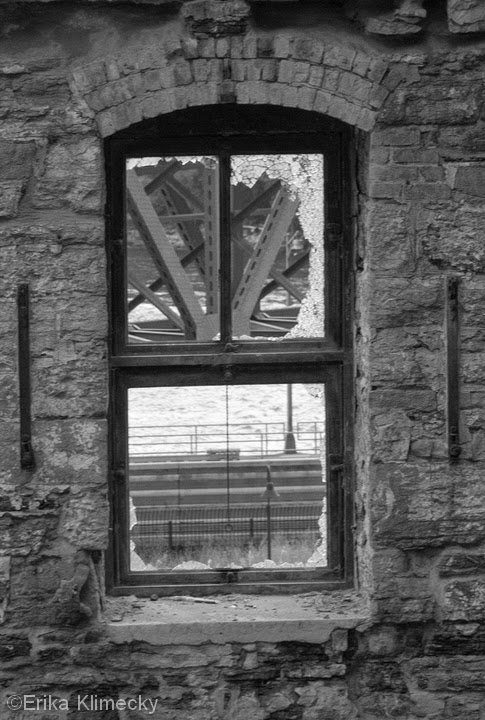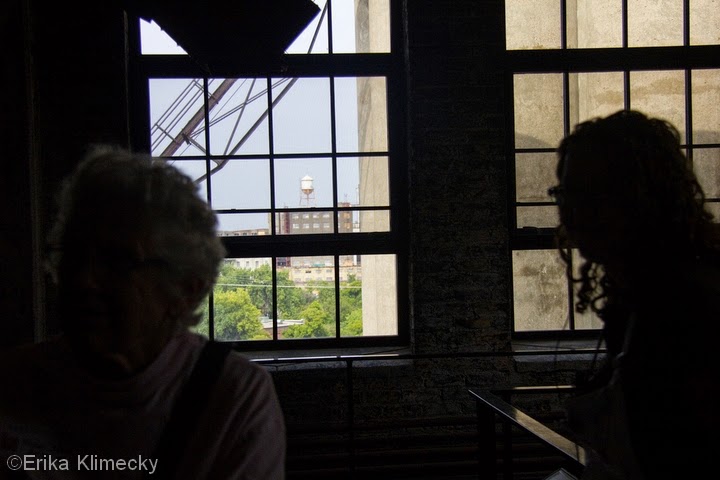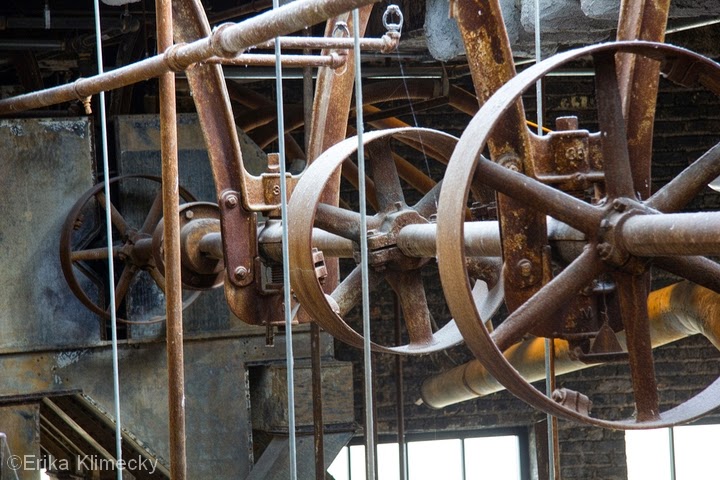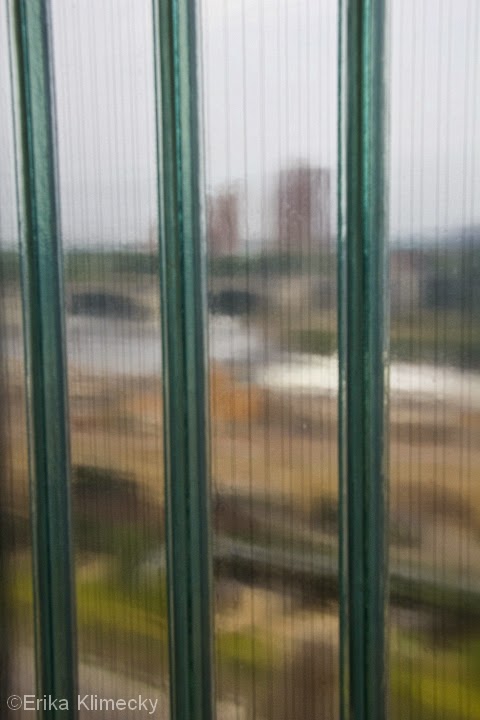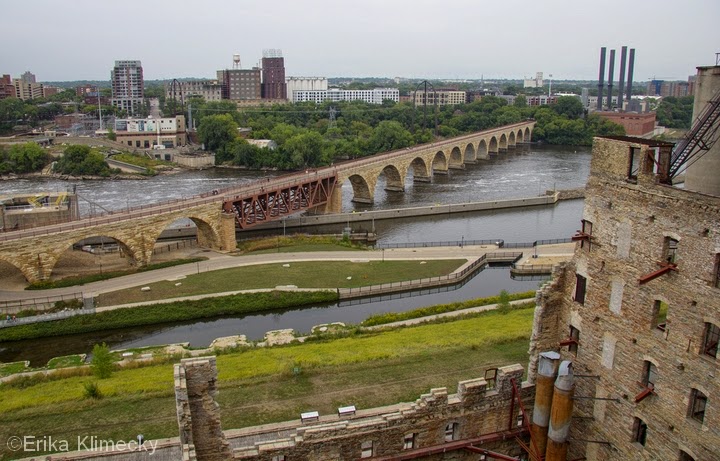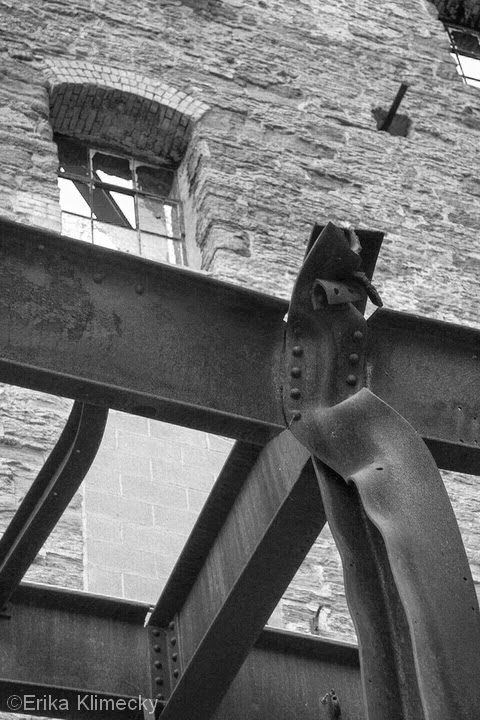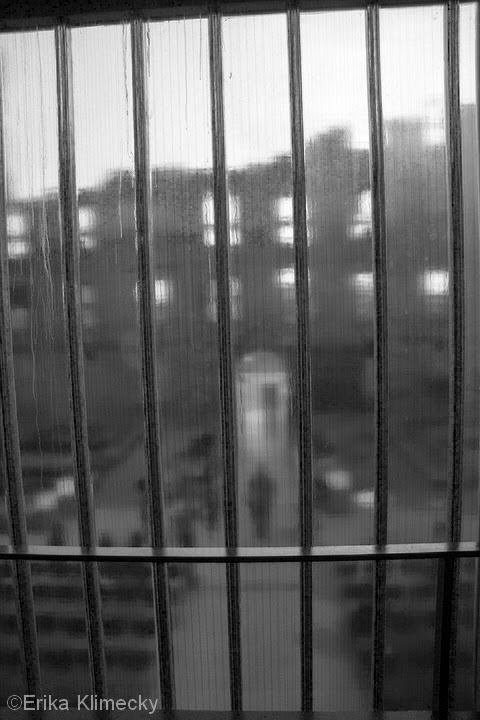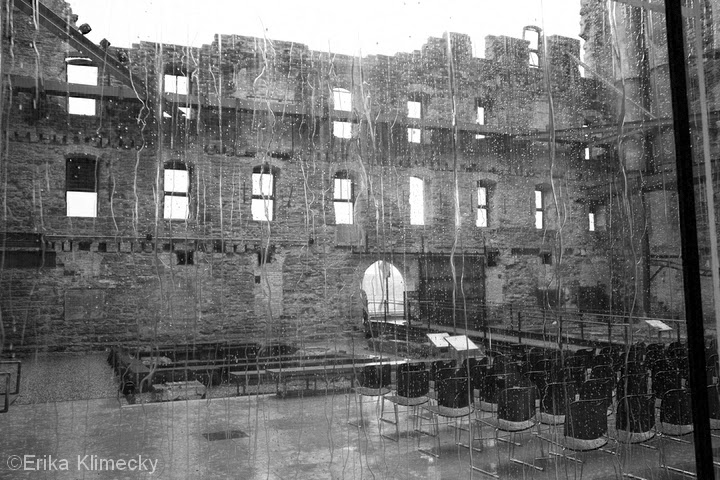Active Mind, Creative Spirit
Hometown History
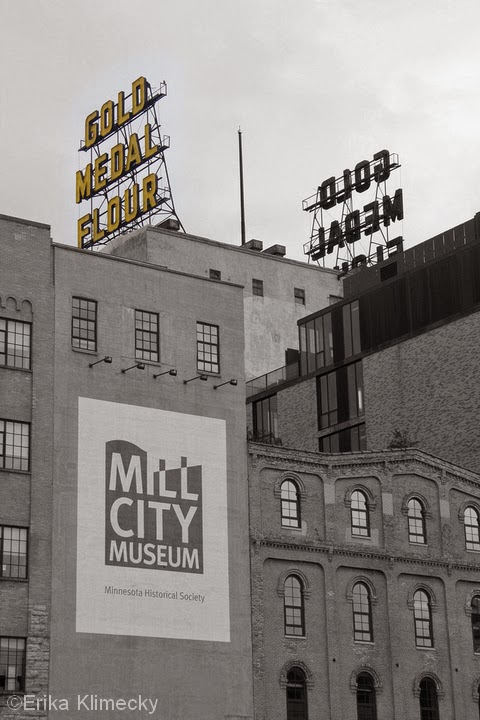
While it also has the monikers City of Lakes and The Mini Apple, a name I never knew while I lived there was Mill City. Only once I went back to visit and became a tourist in my hometown did I realize how much the flour industry was centered in Minneapolis.
The Mill City Museum sits on the grounds of the original General Mills Flour mill. As flour goes, the mill has a pretty vibrant history. Built in 1866, it was the largest flour mill in the world until it dramatically blew itself up in 1878. The mill explosion (which is re-created a number of ways throughout the museum) is still the largest explosion/didaster of its type in the city’s history. I also came away with the knowledge that finely milled flour is better at exploding than gunpowder. Neat!
It was rebuilt and regained the largest mill title until Pillsbury built a larger one in 1905 across the street.Well, across the river, really. Which river? The Mighty Mississippi, of course. The Miss was the powerhouse providing all the power to run the giant, seven story mills. And the famous giant waterway is conveniently located at the east end of the Great Plains, so all the wheat from the Nation’s Breadbasket (or Grainbelt) was shipped on trains (more Minneapolis history: James J. Hill was a railroad tycoon and was to railroads what Carengie was to steel. As a side note, I went to school with his granddaughter.)
While the Mill City history is interesting (there’s a fantastic 20-minute video of the 200-year history of Minneapolis at the Mill City Museum), I was at least as interested in taking photos. The architecture and ruins lend themselves perfectly to photography. Twice I have been there and both times the place flipped my creative switch and sent me running through it after creative photos like a dancer across a stage.
